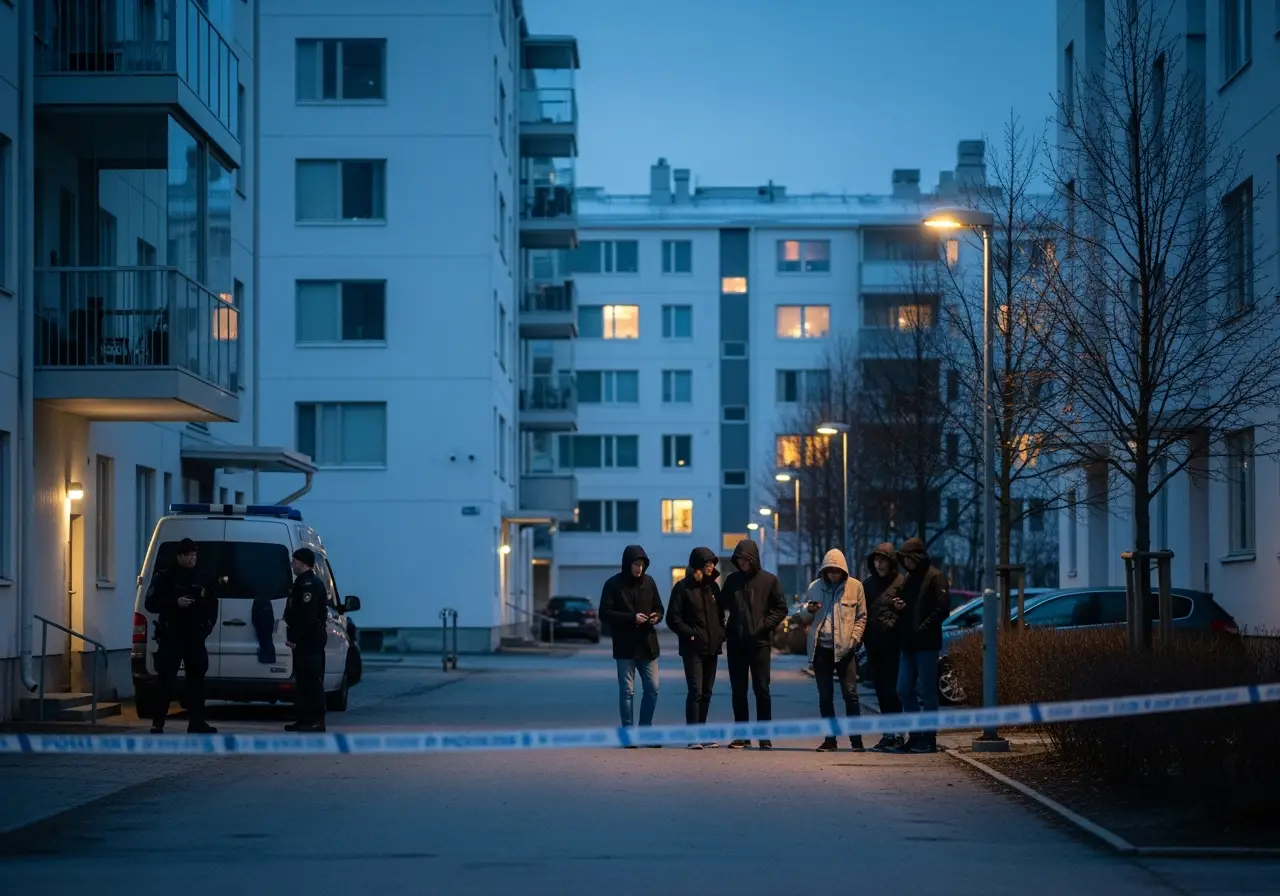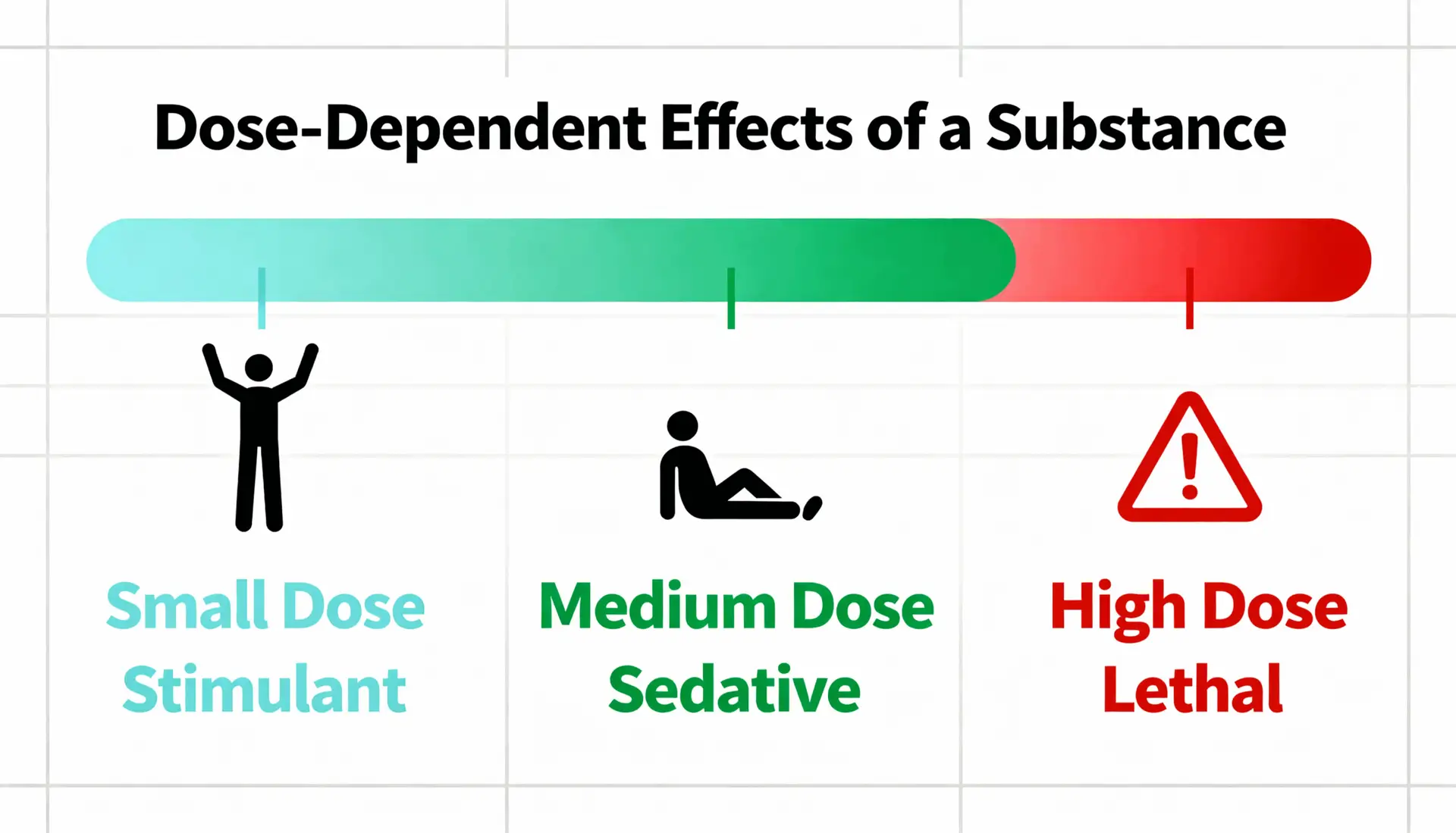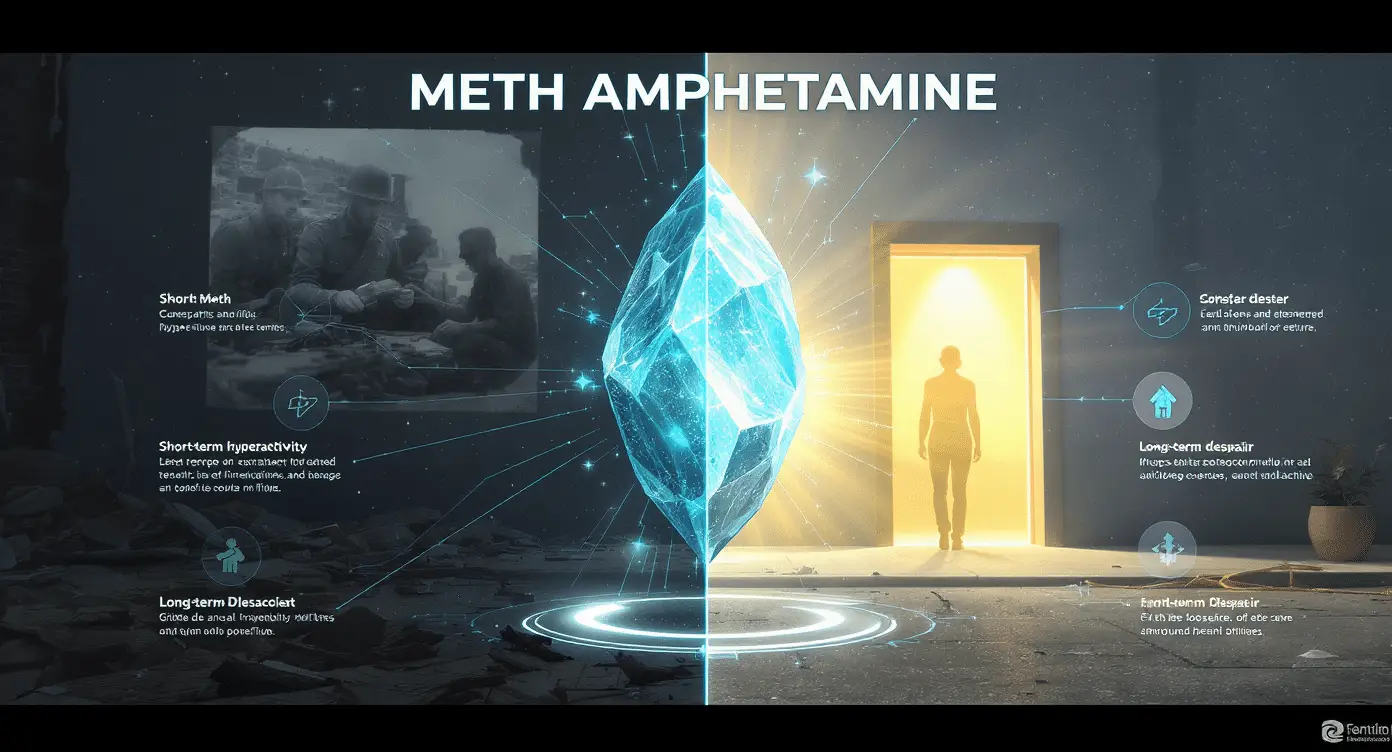The Nordic nations—Sweden, Denmark, Finland, and Norway—are globally recognized. They have high living standards, strong social safety nets, and a commitment to public health. However, beneath this veneer of stability, a dark and violent storm rages. The region has become a prime target for international drug traffickers. Consequently, this leads to an explosion of gang violence in Sweden and a heartbreaking overdose crisis among youth in Finland. Furthermore, a flood of cocaine and other narcotics spreads across the entire region. This escalating situation defines the current drug crisis in Nordic countries.
This is the Nordic Paradox: these countries have robust social systems. Yet, they struggle to cope with a brutal and pervasive drug market. The dream of a safe, orderly society is now under direct threat. It faces the grim realities of addiction and organized crime.
Sweden’s Struggle: Gangs, Guns, and the Nordic Drug Crisis
Nowhere is the drug crisis in Nordic countries more visible than in Sweden. The country is gripped by an unprecedented wave of gang violence. Bombings and public shootings are terrifyingly common. This is not random crime; instead, it is a war for control of the nation’s lucrative drug markets.
Criminal networks battle for territory. Their brutality has shocked the nation. They recruit increasingly younger children to carry out assassinations. In response, Sweden moved away from its moderate approach. It declared war on the gangs. It implemented some of Europe’s toughest law-enforcement policies. Nevertheless, the demand for drugs fuels these multi-billion-euro criminal enterprises. The cycle of violence is proving incredibly difficult to break.
Finland’s Silent Tragedy: Youth Overdoses in the Nordic Drug Landscape
While Sweden battles explosions in its streets, Finland faces an equally devastating tragedy. This tragedy is quieter. The nation has one of Europe’s highest drug overdose death rates for young people. For Finns under 25, drug overdose is now the most common cause of accidental death.
The primary driver is not a single substance. Rather, it is a deadly cocktail of poly-drug use. Fatalities most often occur when prescription drugs, like opioids and benzodiazepines, combine with alcohol. This crisis is rooted in the misuse of pharmaceuticals, not just illicit street drugs. Consequently, it creates a complex problem claiming the lives of a generation of young Finns.
The Cocaine Highway to the North: Drug Trafficking in the Nordic Region
The entire Nordic region has become a key destination for cocaine and other drugs. These substances are trafficked from South America and the Netherlands. Massive law enforcement operations have dismantled networks. They were responsible for smuggling tonnes of narcotics into Denmark, Norway, and Sweden. Ports once considered secondary entry points are now targeted by traffickers. This is to avoid heightened security at major European hubs.
Wastewater analysis confirms high levels of cocaine consumption in cities across the region. In Denmark, the medical cannabis program is permanent. Meanwhile, it fights a flood of illicit drugs alongside its neighbors. The high prices drugs command in the Nordic market make it an irresistible target. This ensures a constant and ever-growing supply. For more insights into organized crime activities, consider resources from Europol.
Strain on Nordic Systems: Responding to the Drug Crisis
The Nordic countries have long pioneered public health and harm reduction. However, their systems now face unprecedented strain. Drug-induced mortality rates in Sweden, Finland, and Norway are among the highest in Europe. This grim statistic starkly contrasts their image as health-conscious societies.
The influx of high-purity cocaine, the established use of amphetamines, and the constant threat of new synthetic opioids like nitazenes push services to their limits. Prevention and treatment services struggle. The Nordic model, for all its strengths, struggles to cope with the sheer scale of the problem. It also faces the brutal efficiency of criminals who profit from it. For a broader understanding of how drug challenges are evolving across the continent, explore Europe’s Evolving Drug Landscape.
The drug crisis in Nordic countries demonstrates a painful truth: robust welfare systems and progressive policies alone cannot solve drug addiction. They can manage consequences and reduce harm. Yet, they cannot address the fundamental reasons why an individual turns to drugs and loses control.
This is where the Narconon program provides the essential missing piece. It offers a path to a life truly free from drugs, not just managing dependency. Its unique, drug-free methodology includes a deep detoxification regimen. This cleanses the body of drug residues. It also offers comprehensive life-skills training. This restores honor, integrity, and self-control. Ultimately, the program empowers individuals to overcome addiction for good. For a region as advanced as the Nordics, confronting a crisis social policy alone cannot fix, a real solution like Narconon is more necessary than ever. It rebuilds lives from the ground up. Learn more about our approach on our Narconon Europe website.
A Solution for Denmark and Europe
The escalating drug crisis, including challenges from drug trafficking in Denmark and across the Nordic region, demands effective, lasting solutions. Narconon Europe, located in Denmark, stands as the continental center for Europe. It offers comprehensive, drug-free rehabilitation. This empowers individuals to overcome addiction. If you are concerned about the wider impact of drug issues in the region, you can gain further insight. Read our article on the Nordic Drug Crisis. Narconon Europe commits to helping individuals and communities. We build a brighter, drug-free future.
Sources:
- European Monitoring Centre for Drugs and Drug Addiction (EMCDDA) / European Drug Report
- National reports from public health and law enforcement agencies in Sweden, Denmark, Finland, and Norway.
- Eurojust and Europol operational press releases.
- Data synthesized from national and European reports on the drug situation.



